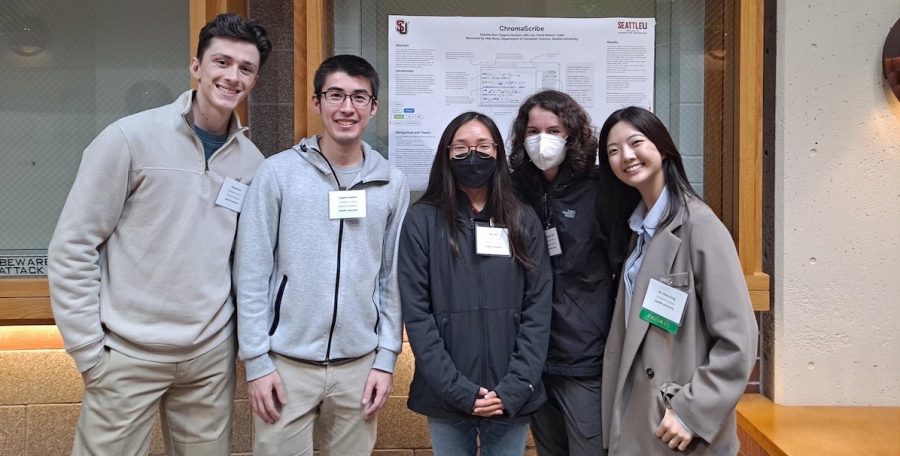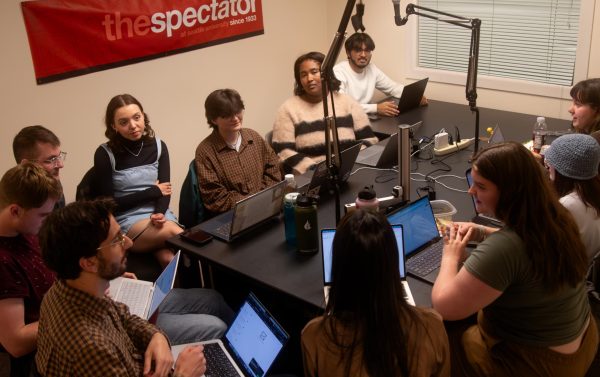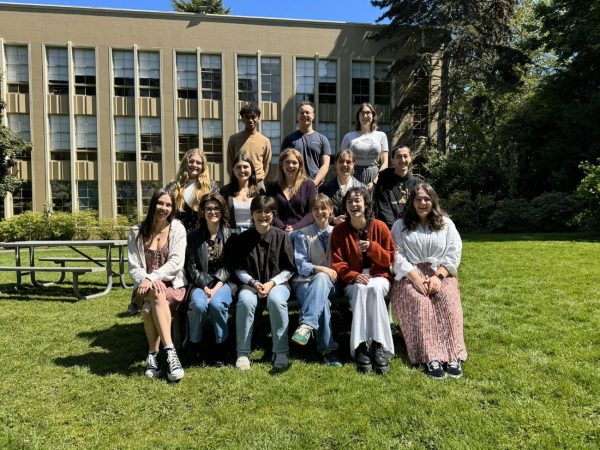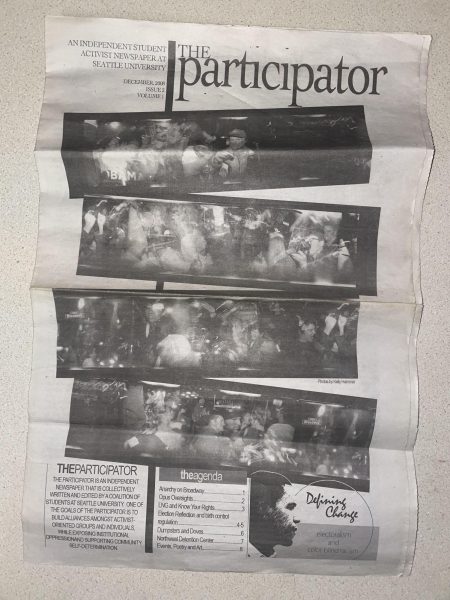Fighting Medical Stigma with New Technology
Innovation in healthcare is often seen in new treatments or medical equipment, but research at Seattle University is generating innovation through tools that will be used for the future of qualitative research. Hidy Kong, assistant professor of computer science at Seattle U, received a National Science Foundation grant for her continued research on visualizing qualitative data.
Qualitative data refers to non-numerical information collected from research. Kong’s project is entitled “ChromaScribe.” She inputs interviews between patients and professionals into a web tool that visualizes the interview using a color map. Prominent themes in the interviews can include emotions like concern, and the weight of a theme is assessed by the presence of associated words in the interview.
Themes can be adjusted and fine-tuned by researchers by curating the pool of keywords the algorithm uses. This type of interaction with software is called human-in-the-loop machine learning, and it relies on periodic feedback from a person that acts as a form of quality control.
While human feedback helps the algorithm hone in on specific keywords, the themes are color-coded and placed next to the timeline of an interview so researchers can locate areas of interest without having to manually scrub data themselves.
Alic Shook, assistant professor of nursing at Seattle U, uses the software. The amount of qualitative research conducted for a single interview-based study can include hours of audio content or massive amounts of print transcriptions. Shook has been looking for a tool to aid his research, and he finds Kong’s promising.
“As a nurse scientist who primarily does qualitative research, I have not yet found a qualitative software tool that I really like. Much of my work looks at inequities in healthcare systems and practices, and I was really interested in the possibility of being able to visualize qualitative data,” Shook wrote to The Spectator.
Kong’s research objectives include lessening the load on qualitative researchers, but she also wanted to incorporate machine learning to mitigate bias. In interview-based research, a professional’s personal views and biases can affect the way they assess data. This is especially true when working in healthcare, where many conditions have attached stigmas that a researcher may internalize.
Shook’s upcoming project addressing bias and stigma associated with sickle cell disease, for which treatment is often hindered due to medical racism, synergizes well with Kong’s visualization tool. Kong’s body of work with visualization has included work with qualitative studies on HIV molecular surveillance and interview-based autism assessments.
Ultimately, Kong hopes to expand what visualization can be used for. By creating an algorithm that is user-friendly, she hopes that her user base will extend beyond just researchers..
“When you hear the term visualization, a lot of the time it’s used for analysis and for presenting hard facts or data. But I want visualization to be a tool that everyone can use. I think people should explore the data firsthand, and I’m hoping that interactive visualization will be a way for them to dive into the data instead of absorbing all the facts without any doubt,” Kong said.
While qualitative research tools are becoming more accessible, some of those who have experienced stigma in healthcare firsthand are still cautious. Phoebe Stone, first-year psychology and forensic psychology double major, expressed concerns about reliance on technology in research surrounding neurodiversity. They belong to Infinity Club, an on-campus group for neurodistinct students and allies. Research on neurodistinct individuals is prone to high levels of medical bias that result in under-diagnosis based on sex or race and often relies on the discretion of professionals with bias.
“There’s no consideration, generally speaking, of how an individual processes things as much as external behaviors,” Stone said.
Kong acknowledges there is always the opportunity for bias to creep into qualitative research because of how much it relies on the discretion of the researcher. Machine learning is also prone to bias, but accommodating these inherent issues to research is part of the process for further innovation. In this and future research projects, Kong hopes to analyze more than just the transcript of a recording for her research.
“We’re also trying to visualize audio data with the themes. Right now, we’re doing very simple audio characteristics like pitch and volume,” Kong said.
Further down the line, future iterations of the project may also include visual input in order to assess nonverbal cues such as body language. Ultimately, Kong hopes her research can make a difference for nurse scientists like Shook by presenting data in a precise, visual way that mitigates researcher bias.











